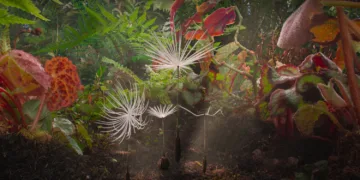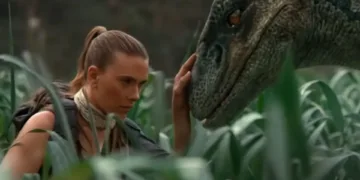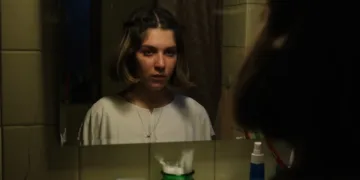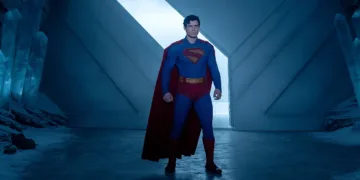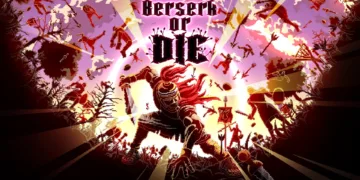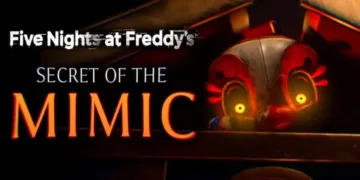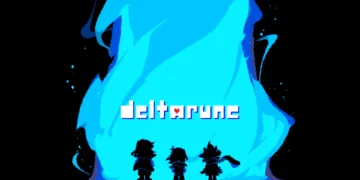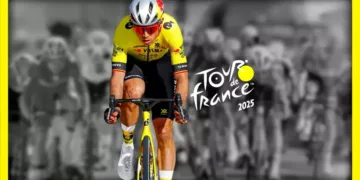In the aftermath of nuclear fire, when Earth has become a charred monument to human hubris, four dandelion seeds drift into the cosmic void—a fragile quartet of life escaping extinction. Momoko Seto’s feature debut, Dandelion’s Odyssey, presents this apocalyptic genesis with the quiet audacity of a meditation on mortality. These achenes, no larger than dust motes in the grand scheme of existence, carry within their microscopic forms the weight of survival itself.
Seto constructs her 75-minute dialogue-free odyssey as both environmental lament and existential inquiry. The film challenges our anthropocentric assumptions about protagonists worthy of empathy, asking us to invest emotionally in beings so removed from human experience that they exist at the very margins of perception.
Through a hybrid approach combining 3D animation with time-lapse nature photography, Seto creates a visual language that speaks to the fundamental alienation of existence—these seeds, like us, are strangers in an indifferent universe, searching for meaning in the face of inevitable dissolution.
The Architecture of Extinction
The film’s visual grammar operates through radical shifts in scale and perspective, transforming the microscopic into the monumental. Seto’s hybrid animation technique—marrying computer-generated imagery with macro photography of living organisms—creates a world that feels simultaneously alien and intimately familiar. Fungal networks become sprawling cities, mushrooms tower like architectural monuments, and the surface of water becomes an ocean capable of swallowing entire civilizations.
This manipulation of scale serves a darker purpose than mere spectacle. The photorealistic elements, captured through months of time-lapse photography, remind us that death and decay are the fundamental processes driving all natural beauty. Lichen spreads across surfaces like slow-motion plague; moss grows with the inexorable patience of geological time. The computer-generated sections, with their occasionally crude execution, feel deliberately artificial—a reminder that in seeking to represent life, we inevitably create simulacra.
The varied environments through which the seeds travel—frozen tundra, acidic pools, predatory landscapes—become a catalogue of potential endings. Each biome presents not just physical obstacles but philosophical challenges: How do we maintain identity when environment seeks to dissolve us? The color palette shifts from the stark whites of desolation to the vibrant greens of potential regeneration, yet even these moments of beauty carry the implicit threat of consumption.
Voices in the Void
Sound becomes the primary vehicle for consciousness in Seto’s wordless world. Nicolas Becker’s intricate sound design creates an auditory landscape where every rustle, every whisper of wind, every distant rumble carries existential weight. The ethereal vocalizations of the seeds—described as fluting, melodic—suggest a form of communication that transcends human language, yet their meaning remains forever opaque to us.
The score by Quentin Sirjacq and Becker ranges from the percussive meditation of gamelan to electronic abstractions that seem to emerge from the void itself. This sonic diversity mirrors the seeds’ journey through different states of being, each musical choice reflecting not just environment but the psychological landscape of survival. The absence of human voices becomes a meditation on silence—what remains when all familiar forms of communication have been stripped away?
Character development occurs through the subtlest of visual cues: the slight differences in size, the way bristles move in response to danger, the gradual accumulation of damage that marks each seed’s individual journey toward either growth or destruction. The anthropomorphization remains minimal, almost reluctant—Seto seems aware that to make these creatures too human would be to betray their essential otherness. They remain fundamentally alien, yet their struggle for survival resonates with our own existential predicament.
The Episodic Nature of Dying
The film’s narrative structure embraces the episodic nature of existence itself—a series of encounters with potential annihilation, each survived only temporarily. This adventure framework, borrowed from human storytelling traditions, takes on darker implications when applied to beings for whom survival is purely instinctual. Each obstacle overcome is not a triumph but merely a deferral of the inevitable.
Seto’s environmental message emerges not through preaching but through the simple fact of absence—the complete elimination of human presence from the narrative. We exist only as the architects of the initial destruction, the creators of the void that must be filled. The interconnectedness of nature becomes a survival strategy rather than a romantic ideal; cooperation is not chosen but necessary, driven by the simple mathematics of extinction.
The 75-minute runtime feels deliberately constrained, as if Seto recognizes that prolonged exposure to such existential bleakness might overwhelm rather than illuminate. Yet this brevity also reflects the precariousness of the lives being depicted—these seeds exist in constant proximity to non-existence, their story necessarily brief.
The film’s greatest achievement lies not in its ability to generate conventional emotional investment but in its capacity to make us confront the arbitrary nature of consciousness itself. These seeds, devoid of what we might recognize as personality or agency, nevertheless persist. Their survival is neither heroic nor tragic but simply factual—a reminder that existence, at its most fundamental level, is less about meaning than about the stubborn refusal to stop existing. In a universe marked by nuclear annihilation and cosmic indifference, perhaps this refusal is the only philosophy that matters.
“Dandelion’s Odyssey” is an experimental animated feature from Japanese director Momoko Seto. The film premiered at the Cannes Film Festival on May 21, 2025, and is scheduled for a theatrical release in France on March 11, 2026. A wider release date has not yet been announced.
Full Credits
Director: Momoko Seto
Writers: Alain Layrac, Momoko Seto, Mariette Désert
Producers: Emmanuel-Alain Raynal, Pierre Baussaron, Emmanuel Chaumet
Composer: Quentin Sirjacq, Nicolas Becker
The Review
Dandelion's Odyssey
Seto's Dandelion's Odyssey succeeds as experimental cinema precisely because it refuses to comfort us with familiar narrative pleasures. This is animation as philosophical inquiry—challenging, occasionally frustrating, but undeniably singular in its vision. The film asks difficult questions about consciousness, survival, and our place in an indifferent cosmos, questions that linger long after the credits roll. While it may alienate audiences seeking conventional entertainment, it rewards those willing to engage with its existential provocations.
PROS
- Innovative hybrid animation technique
- Sophisticated sound design and score
- Philosophical depth and existential inquiry
- Environmental themes handled with subtlety
- Unique perspective on non-human consciousness
CONS
- Deliberately challenging character identification
- Occasionally crude animation execution
- Limited appeal to mainstream audiences
- Episodic structure can feel repetitive
